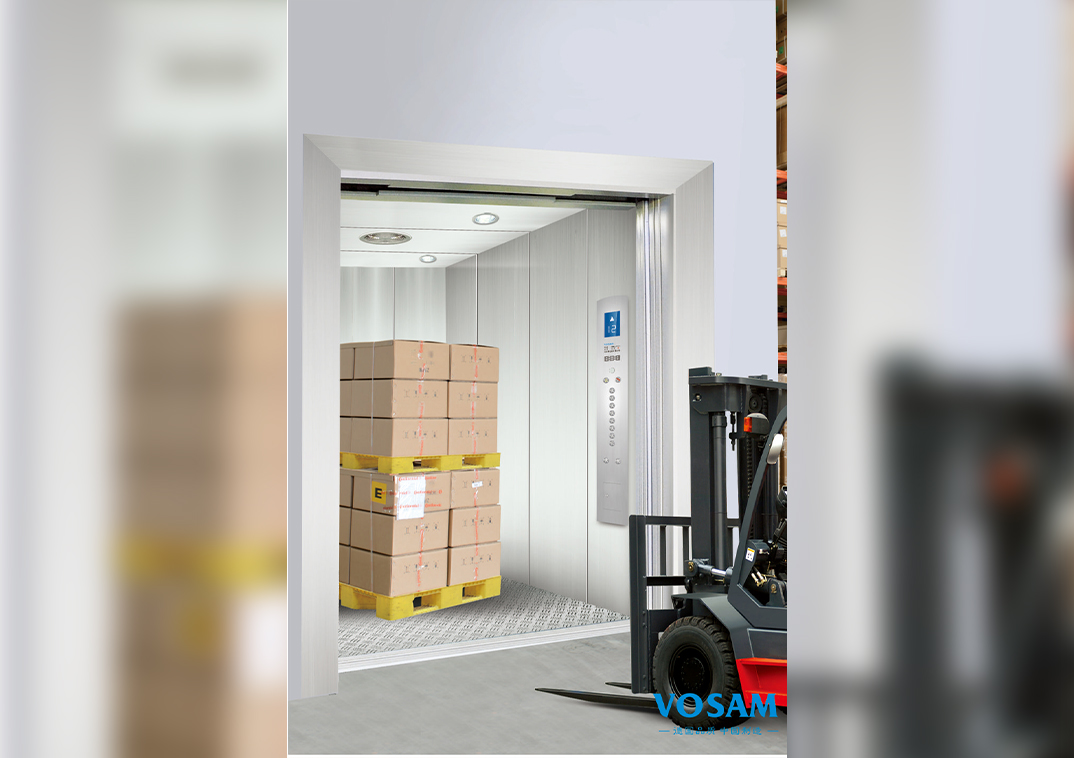The load capacity and safety requirements for freight elevator design are critical factors that ensure the elevator operates effectively and safely in transporting goods. Here’s an in-depth look at these aspects:
This refers to the maximum weight that the elevator can safely carry. It is a crucial design parameter that affects the elevator's structure, drive system, and overall functionality.Adequate load capacity is essential to accommodate the types of goods being transported, such as pallets, machinery, or heavy boxes. Underestimating this capacity can lead to operational inefficiencies and safety hazards.
The expected types of cargo and their average weights must be analyzed. For instance, warehouses may require higher capacities compared to retail spaces.The design must ensure that the elevator shaft, platform, and supporting structures can withstand the maximum load without deformation or failure.Typically, a safety factor is applied, where the elevator’s load capacity exceeds the maximum expected weight to account for variations in load distribution and dynamic forces during operation.
Freight elevators must comply with local and international safety standards, such as those set by organizations like the American Society of Mechanical Engineers (ASME) or the European Committee for Standardization (CEN).Regular inspections and certifications by qualified bodies ensure that safety features meet required standards.
Load cells or sensors should be installed to detect when the load exceeds the designated capacity. If an overload condition is detected, the elevator should automatically prevent operation or issue a warning.Elevators must have accessible emergency stop buttons inside the cabin and at landing areas, allowing immediate cessation of movement in case of an emergency.The design should include safety brakes that activate in case of power failure or cable breakage, preventing uncontrolled descent.These systems ensure that the elevator cannot move if the doors are not securely closed, protecting users from accidental openings during operation.

The shaft must be designed to support the elevator and the maximum load without structural failure. This includes considerations for materials and construction techniques.High-strength cables and reliable pulley systems must be used to handle the loads safely. Regular inspection and maintenance of these components are essential to prevent wear and potential failure.
Visual and audible alarms can alert operators and nearby personnel when the elevator is in operation or if it is overloaded.Proper signage indicating maximum load capacity, operational instructions, and safety precautions should be prominently displayed within the elevator and at access points.
Before the elevator is put into service, it should undergo rigorous load testing to verify that it meets the specified capacity and safety standards.Regular load tests should be conducted to ensure ongoing compliance with safety requirements and to detect any wear or degradation in performance.
Routine inspections should be conducted to check the integrity of the elevator system, including the cables, pulleys, brakes, and safety devices.Keeping detailed maintenance records helps in tracking performance and compliance with safety standards over time.
The load capacity and safety requirements for freight elevators are integral to their design and functionality. Ensuring that the elevator can safely carry the intended loads while adhering to stringent safety standards protects users and cargo alike. By incorporating robust safety features, adhering to regulatory standards, and conducting regular maintenance and testing, freight elevators can operate efficiently and safely in various environments. This comprehensive approach not only enhances operational reliability but also promotes a culture of safety in material handling and transportation.











